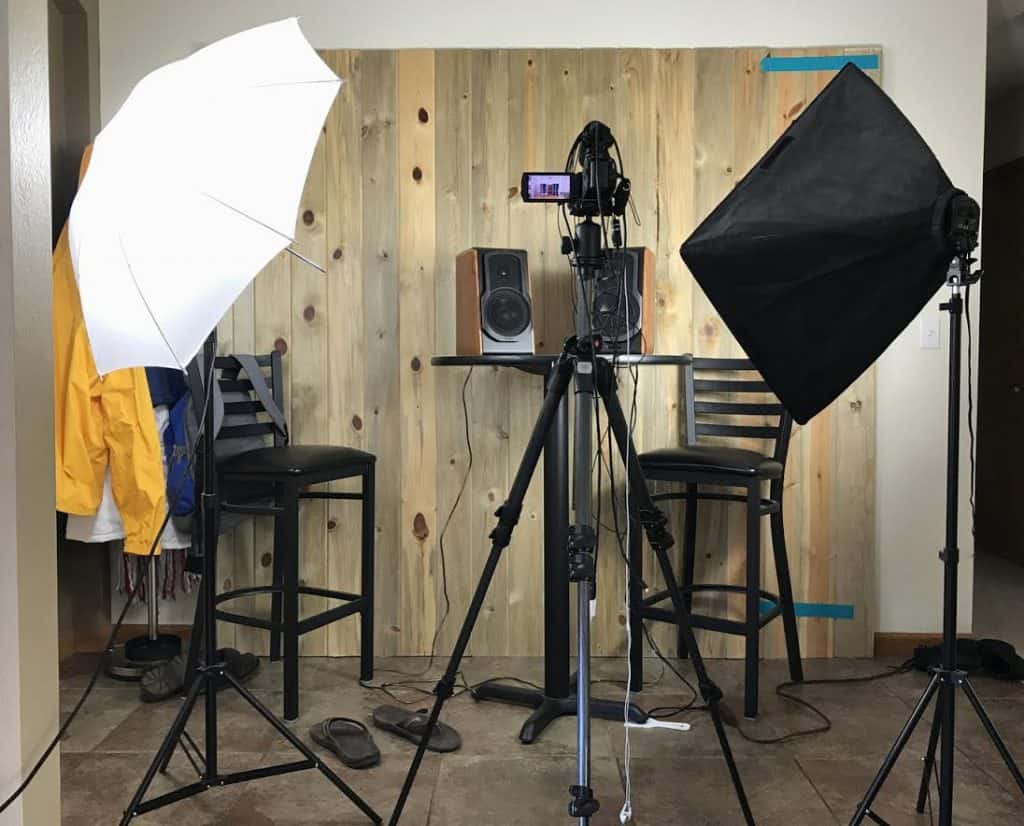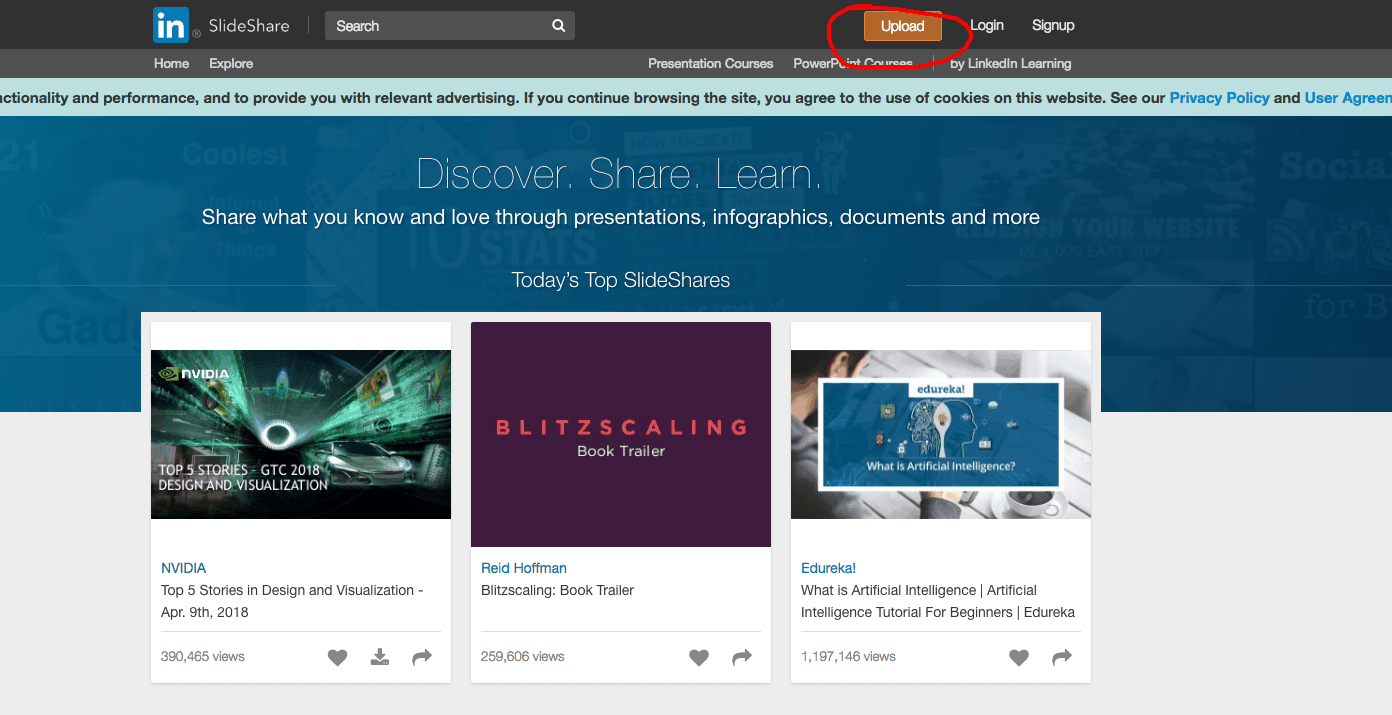A Content Strategy That Will Drive Growth In 2019 According To Hearst UK
Content is king. Yeah, we’ve heard that. Everyone knows it and we all believe it, right? But, not all content is created equal. Some content sucks. As a publisher, how do you create a content strategy that drives growth in 2019 (an engaged audience, more traffic, etc.)?
Betsy Fast — the executive director of edit strategy for Hearst UK — recently joined us at Pubtelligence at Google offices in London to discuss this exact topic.
Below, you can watch her analysis of this topic or you can read my summary and notes of the discussion. If you choose to watch the video, keep scrolling down when you’re finished. I will provide some additional charts and links to resources that may be helpful with this topic and Betsy’s thoughts.
(If you’re an Ezoic user, I share some great reports to pull for this in Big Data Analytics — I share how to do it as well)
Watch Betsy discuss this with Paul Cassar at Google
How do you approach a digital content strategy?
Betsy’s Answer:
I started at Hearst US in 2012 and ran the digital/social for Seventeen. Then, I moved into this big partnership between Hearst and A&E to see how they could leverage assets against each other…
…Hearst had started on the digital transformation in 2013. In the UK, it had also begun — but I really had to build up a team and a strategy. I moved the digital editorial team into one team, one CMS, and one goal, which was to engage with and delight readers.
It was a big deal and difference for Hearst UK to take the digital editors away from the print editors so we could move into one digital team. When I first arrived, our focus was to increase collaboration between the digital editors, such as sharing content, strategies, and best practices, but also to grow and create content that readers really wanted. This included things like responding in the moment to current trends or news.
Tyler’s takeaway:
Betsy’s take here was really about getting teams on the same page. For some publishers, this may mean two people collaborating on ideas. For others, it’s getting ad ops and content creation departments on the same page.
Often, competing goals will mean that things aren’t aligned; especially with content.
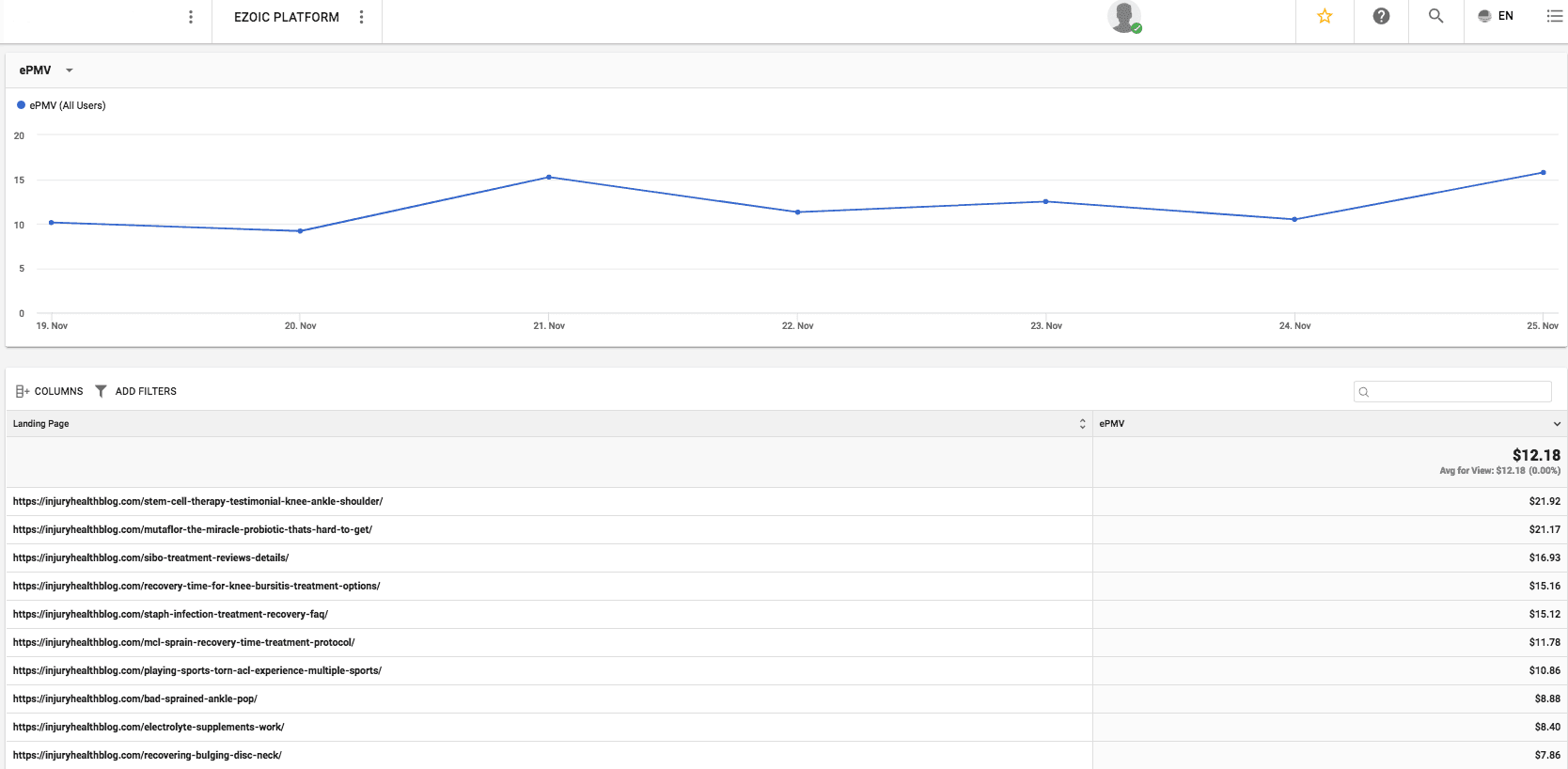
Content teams can work with data on the ad operations side of the fence to learn about what types of content might be the most valuable (produce the highest session revenue for visitors landing on those pages).
On the flipside, ad teams and sales teams can learn from the content team about what types of content are the most engaging to readers. This can help them target campaigns or price inventory better.
The search strategy is doing well; how does that work?
Betsy’s Answer:
When I arrived, there was no search resource for Hearst UK and I made it a priority. Pivoting towards a search strategy was a big deal for us because we were introducing a new way of building content for the company that wasn’t there before.
Also, when I first arrived, Hearst had proprietary CMS that we used internationally and are owned and operated, but we weren’t completely migrated in the same system back then. I made a point to see that we had best practices for all CMS’s so all editors felt empowered to complete these lofty goals Hearst had given them.
Tyler’s takeaway:
It is incredibly common for writers to not think about content ranking when they produce new material. In fact, having some think about SEO is commonly a totally separate role.
Finding a way to get SEO and content creation to co-exist is no easy task. Someone usually needs to take ownership of one of two things:
- The type of content that will be created… who, what where… what the content will include and what the keyword and headlines will be included
- Or… the editing of content to fit a specific type of query or keyword that can be targeted
1 is usually much more effective than 2, but it requires more planning. Both are better than doing neither. 1 allows publishers to target higher volume keywords and grow much faster, but it also requires someone to manage the writers and the SEO — having an expert knowledge of what good job of both looks like.
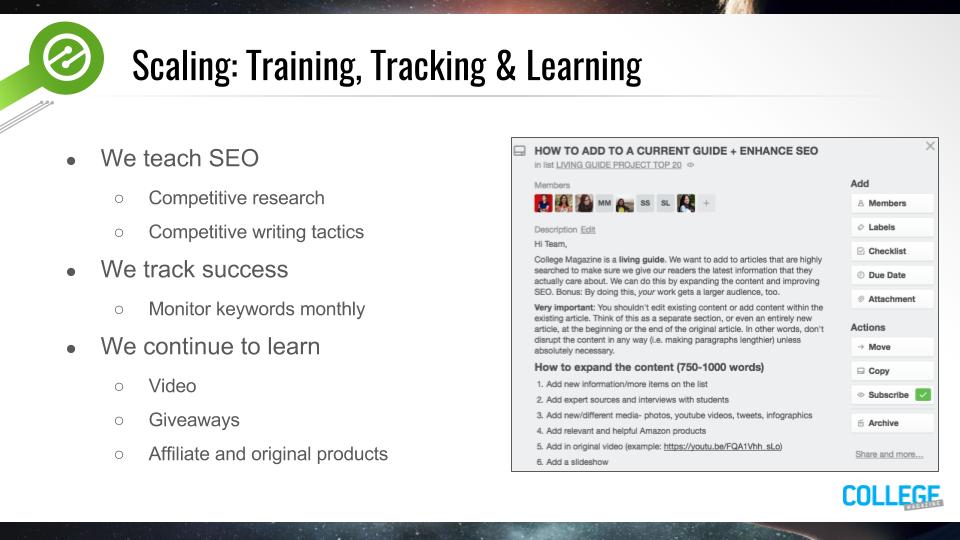
Our friend Amanda’s story is a good one to follow on this (here). She did this very well.
Should video output be a high priority?
Betsy’s Answer:
When I arrived, there was no real centralized video resource. We had one brand that had one resource but they couldn’t do it alone, so we brought in a very small but centralized video team to experiment with other brands.
Essentially, the centralized video team was supporting all the brands, but primarily focused on social video, which was a big deal in 2017. We were very successful in the beginning, but soon realized we had to pivot again in the way we were creating video.
There was also this nuance around picking out the right content … it became my job to make sure the editors knew their audience and to facilitate this balance between the US and UK content.
My expertise is helping ideate and make the story more visually appealing, but I didn’t know the subtleties between knowing what would transfer well from the US to the UK. I really had to rely on my team for that…
Tyler’s takeaway:
Video was a must have for large publishers just a few years ago. There was a whole” pivot to video” revolution. Looking back, Facebook can be deemed responsible for that wave being shortlived.
Facebook’s algorithm changes and inflation of video view metrics forced many publishers investing in “social videos” to refocus efforts on video strategies that captivated their brands existing audiences.
For some publishers, video might not make sense. For others, hosting native videos inside of articles or standalone video content might prove to be a totally new platform to engage an audience.
Our friend Dave Taylor wrote about how to get started with quality video here.
Like with all things in publishing, publishers have to test things with their audiences.
You may be surprised at the results. Measure both video views and the engagement time of articles with video on them. It may be an opportunity for many publishers that have been on the fence since the decline of social video sharing to connect with their audiences in a new way.
How do decide what content is popular with your audience?
Betsy’s Answer:
When I arrived in the UK, people didn’t understand why they would see something like a Game of Thrones article in Good Housekeeping. But, it works because women who look at Good Housekeeping also watch Games of Thrones.
It was an eye-opener for the editorial staff and allowed them to create something that was not natural for them and see how well it would do on a social platform, too. I think about all my interests and the brands that I love that I go to for specific things, but I am also delighted when a brand offers something that I really care about.
Really, who am I to say something isn’t Good Housekeeping? The Good Housekeeping readers will very quickly let me know if they don’t like something, via data. It’s important to take risks.
Tyler’s takeaway:
I love this answer.
Betsy points something really important out, use data and don’t be afraid of balking at a “common sense” opinion.
What topics are your readers interested in that might not be right in line with your normal content, but might be something they’re interested in nonetheless?

You can start by seeing which articles they are reading the most of … i.e. Content Viewed Percentage.
This is a good way to see what some of their interests might currently be on your site. You could extrapolate from there.
What is the content strategy for Hearst UK?
Betsy’s Answer:
…It was really about growth and collaboration, and creating a buzz internally and externally. Moving into 2018, Facebook changed quite a bit and so the strategy constantly evolves.
One thing we are proud to pivot towards is focusing on deeper and more original content; rather than concerning ourselves with social traffic, we are now looking for traffic delivered by search. One positive aspect is that we no longer are chasing news and traffic, but can really lean into the core of brand.
For example, a Country Living reader cares a lot about the Royals, but we have a really small Country Living team; by syndicating news on the Royals, the Country Living team has been able to focus on what really drives the publication otherwise, like the care and love of environment or pets.
By using their resources wisely, their search traffic is up 123% in one year. They can write on things that resonate with the readers of Country Living, like going plastic free in the countryside. There was an article on a woman who went around to the supermarkets in her region during varying parts of the day, and requested at check out to dispose of her plastic at the store. The dwell time on that article was four times the average.
Tyler’s takeaway:
Another brilliant answer with data at the heart of it.
To me, this is the only way for small teams to achieve big results without getting lucky.
Betsy mentioned dwell time as something they looked at. We’ve seen engagement time be even more important for publishers focused on search traffic.
Going into your analytics and looking at individual page metrics will tell you a lot about how readers are engaging with content.
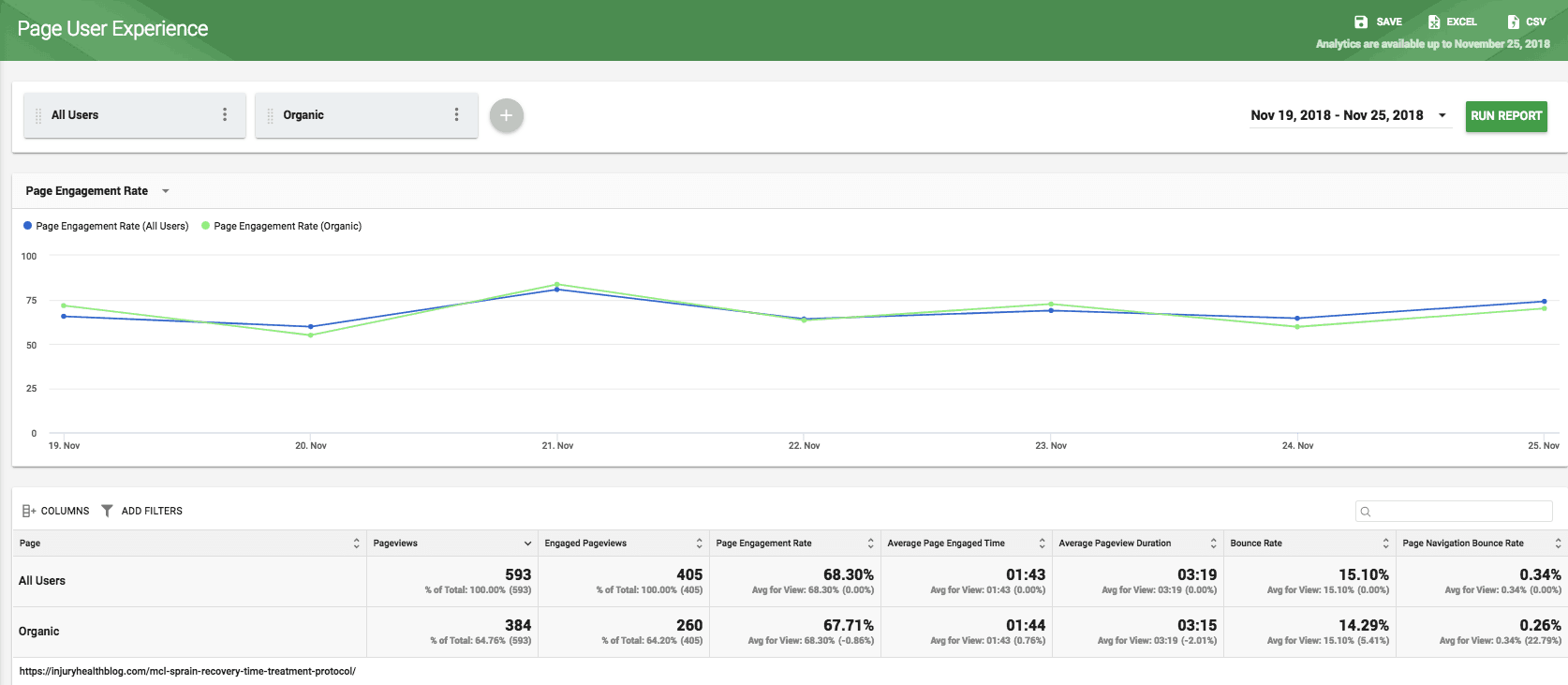
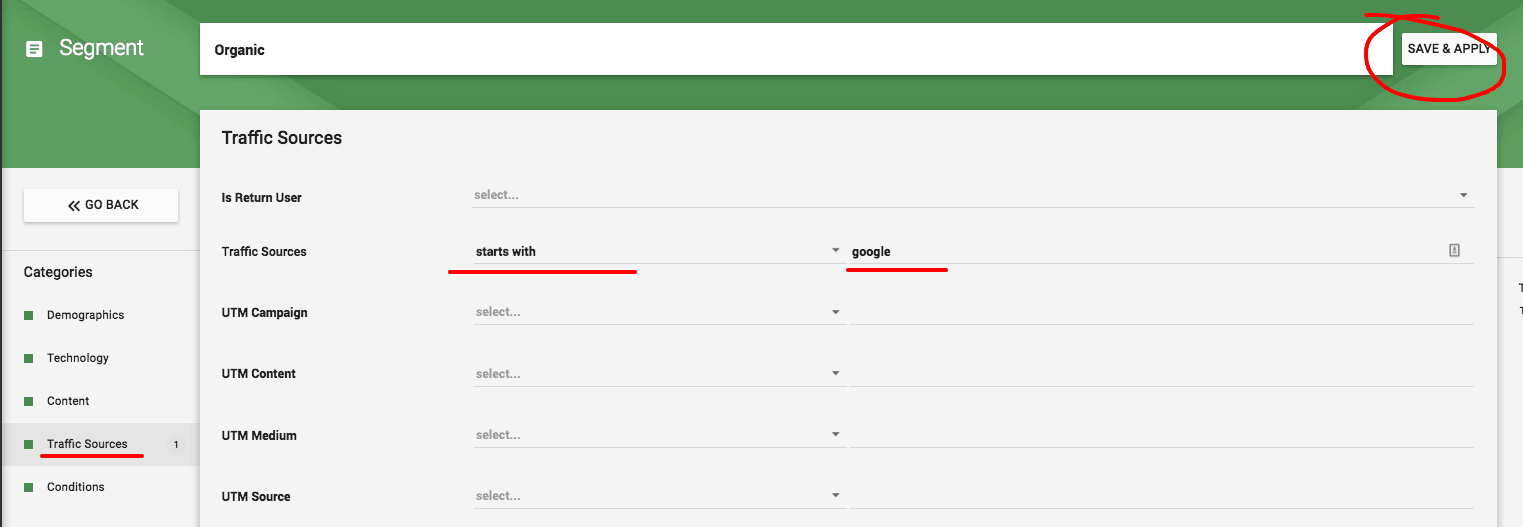
If you’re focused on search, try looking at organic traffic sources by article metrics like engagement time or bounce rate. Perhaps you can improve existing articles or create new ones more like the format of the best ones?
(Inside of Big Data Analytics you can choose which columns provide the best look at engagement)
Either way, if you’re going to focus on search, you better know how your readers that are coming from there already behave.
How do you balance an organic-focused strategy and a social strategy?
Betsy’s Answer:
We had foresight — in that when we brought on team members to the editing team — we made sure they could also shoot. To grow, you need the views and engagement, but the brand needs unique and compelling content.
Because of this, we have taken a tiny team to do two jobs: create videos across the network (Royal News), but also do our own brand-building items (like the Country Living exclusive with the woman who designed Meghan Markle’s wedding bouquet).
Tyler’s takeaway:
Find ways to turn popular content into multiple engaging forms.
Turn a popular article into a video or podcast.
Make a popular video into an infographic or slideshow.
Changing the medium often means that the content can thrive on another platform. I really like the idea of using a platform like Slideshare to attract searchers to your content. Then, you can drive them to your site where the video version of the content lives — and may actually be a better form of the information.
By publishing slideshows of educational videos to Slideshare, you can use their domain authority to attract viewers to your content via organic search. Then, make the first slide of your slideshow a link to your article with the video on it.
Has your strategy evolved or changed in the new world of social platforms?
Betsy’s Answer:
For most publishers, it’s not one size fits all. We especially had to change strategy once Facebook no longer was a platform for people like us. But, it’s really brand by brand; now that we’re no longer chasing traffic on Facebook we’re now able to go wherever the audience is looking for us.
Many sites are now prioritizing Pinterest and Instagram and are pivoting away from Facebook.
Whenever we’re creating an asset, we cut it and produce it in a way that will be received across all platforms —sometimes it works and sometimes it doesn’t.
We did a Cosmo video where we went to one of the consumers favorite makeup brand’s factory, but it didn’t do well on Facebook and Instagram. However, after we recut it and put it on Snapchat, the top snap we produced was viewed over 1 million times and 15,000 users swiped up. Then, we put it on Instagram stories and it also did really well.
Digital is a way to preserve the brands and ensure that new generations are exposed to them. The Snapchat and Cosmo story is a good example of that. At events, we had 17 and 18 year-olds coming up to our print magazine editor at events and saying “I didn’t know you guys had a magazine!”
Tyler’s takeaway:
I love the anecdote about the younger generations not even thinking of Cosmo as a magazine. It shows how important it is to meet your audience where they’re at.
For me, I just wonder about all the publishers out there that aren’t even trying on some platforms. How many publishers don’t even have an Instagram or Snap account?
“Oh, Tyler. Our readers would never be on Instagram”
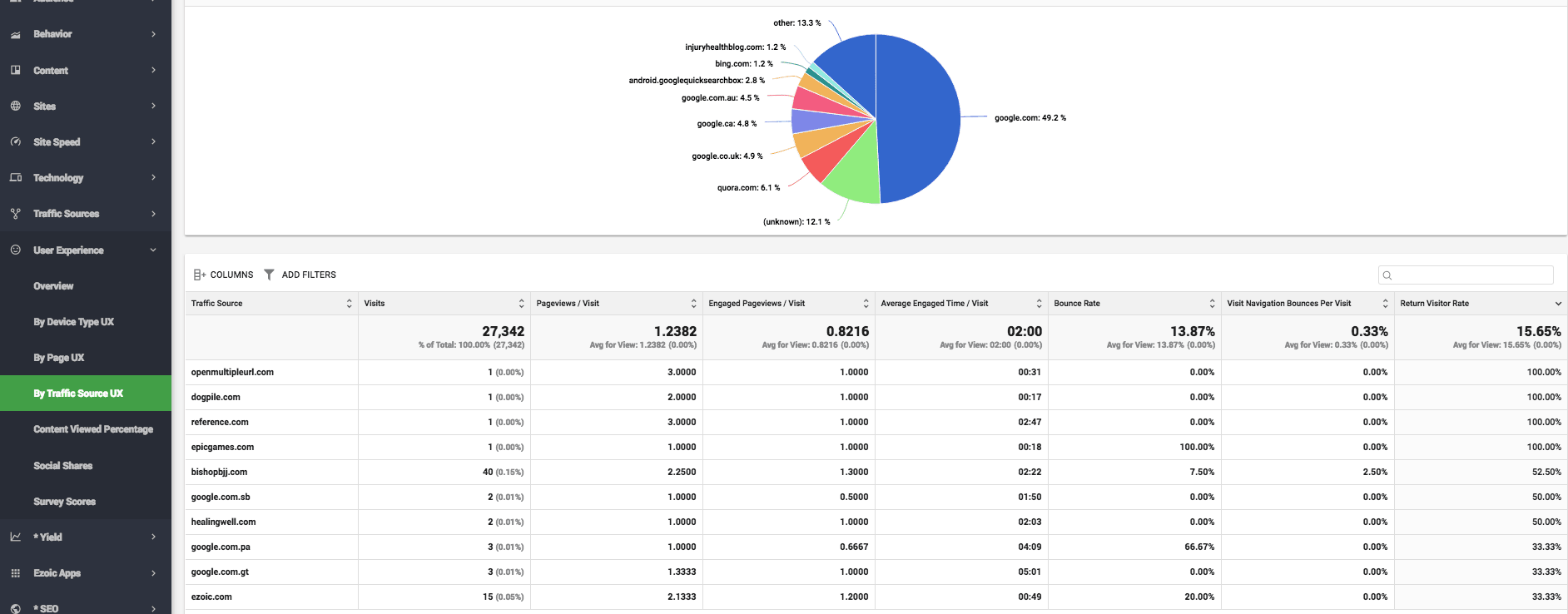
Yeah, the ones you have now might not be. But, does that mean the ones on Instagram aren’t interested in your content? How do you know?
It might be worth looking at traffic sources across the site and seeing which ones are producing the most engaged visitors. What I like about Betsy is that she rarely guesses and isn’t afraid to let data do the talking.
What does 2019 look like for content creation at Hearst UK?
Betsy’s Answer:
I would say that the focus will be similar to 2018: we’re focusing less on growth but more on empowering the team to trust the audience and what they’re doing, and focus more on deep content or service-led video.
We provide service and entertainment, and in that way we can move that e-commerce needle, which is something we’ve really just begun doing.
I would say that my team has always been commercially-minded, in that the reader is the most important aspect of the entire operation. But, it’s not purely our content that keeps the light on; what keeps us going is that people keep coming back to engage in the content.
To that end, our team is focused on getting the most action out of the reader (sharing an article, buying product, or watching a video and sharing it). We have always been driven by data and getting the reader to do something.
It just furthers the goal that we want to reach. It all comes back to content —editors don’t want to produce static content. They want content that the public continually interacts with.
Tyler’s takeaway:
Know your audience and measure what they like.
There are some really good insights on this above. Here is one last report I think could be really helpful if you’re looking broadly at what types of content will be the most engaging to your audience in 2019. This is a good one for a content strategy.
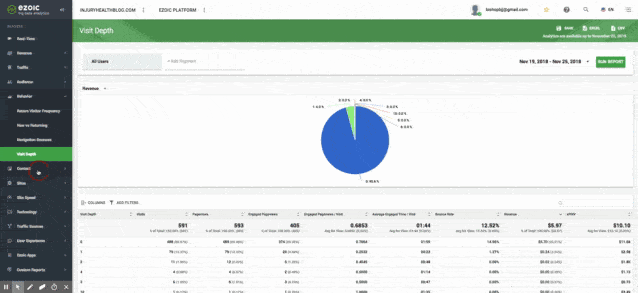
I think it is really helpful to know about word count and average page engaged time. You would think that longer articles are always correlated with higher engagement time. THIS IS NOT ALWAYS THE CASE. It is probably important to know where your site stands with your audience on this particular matter; especially if you pay writers by the word.
Hopefully, this has helped you with your content strategy.
Thoughts, questions? Leave them below.


